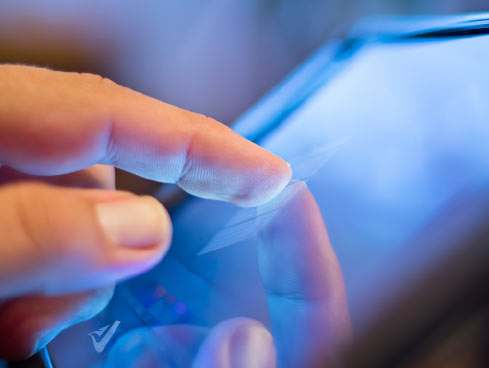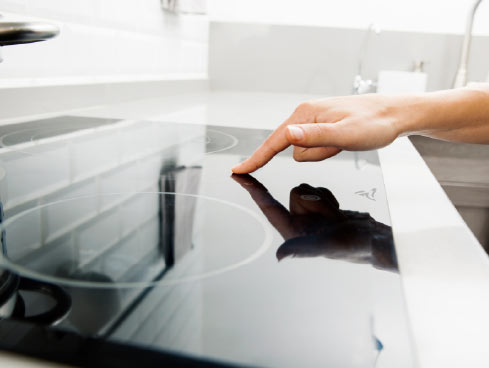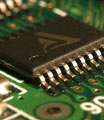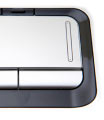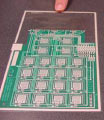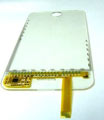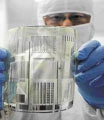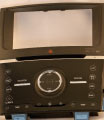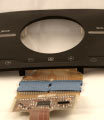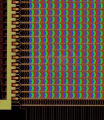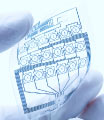
Touch controls have continued to proliferate as the internet-of-things brings intelligence to more and more things, but integrating these touch buttons, screens, sliders and pads into smart interfaces is incredibly difficult and time consuming. And the integrations themselves are typically limited to flat surfaces of glass or plastic and rarely function properly in real-world environments. Special gloves are required to make today’s typical touch systems responsive. Rain, snow, soaps, and saline have crippling effects on touch today. We should be able to create more beautiful products that use more materials and that work the way they should.
ALSENTIS® HSS™ Touch Recognition Technology is the next big evolution of touch. Now, designers can create more beautiful products with elegantly shaped touch interfaces that sense through all sorts of materials, and the engineers that are charged with bringing these products to life can do so more quickly, at higher manufacturing yield and with less field failures than ever before. But most importantly, people everywhere can interact with and control more smart surfaces with a technology that always works the way they think it should, anywhere.
Reach out to us if you:
- are new to capacitive touch and want a technology that just works
- have issues with the performance of a touch system
- want to reduce your launch cycle
- are experiencing manfucturing fall-out from touch systems
- have touch field failures due to weather, temperature or moisture
- need a touch solution that can pass 10V of injected line noise
- are exploring innovative manufacturing processes, like in-mold electronics
- want to use new surface materials like fabric, fiberglass, wood or stone
Contact ALSENTIS, so we can start to help you today.

Alsentis in ths news
ALSENTIS CEO to Speak at SGIA FP3 Conference
SGIA’s FP3 Conference to Examine Functional Printing
The focus of the conference is on innovation and how to achieve it.
